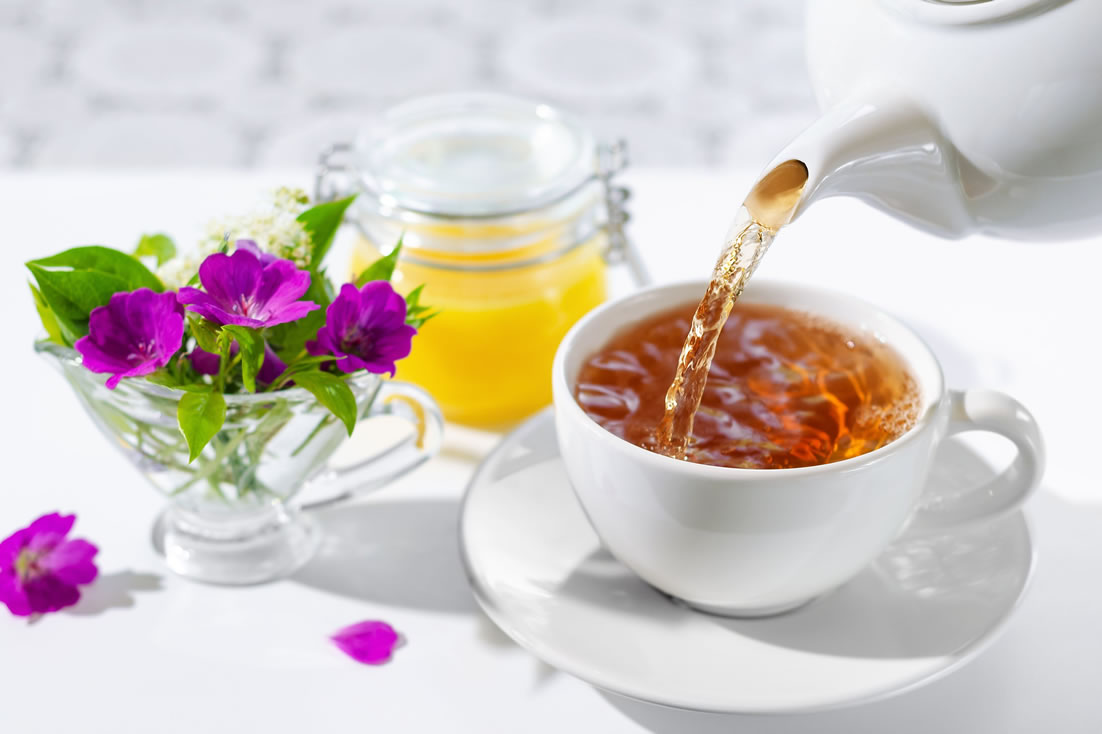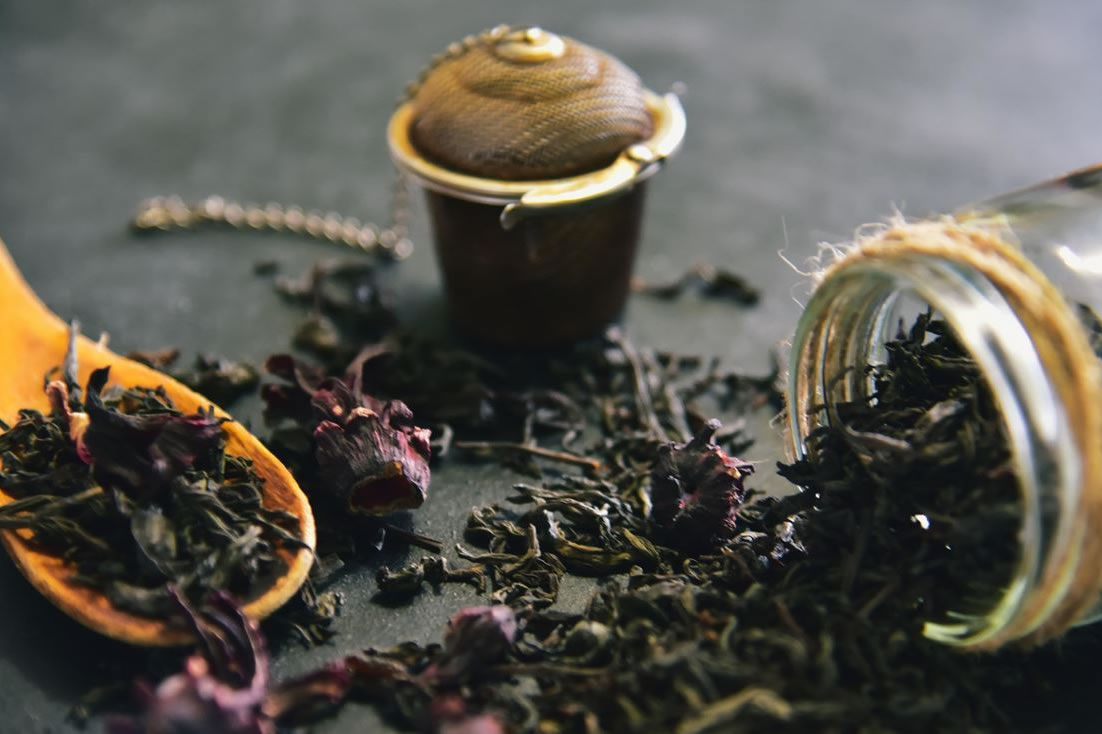Greek mountain Tea
or Sideritis


Good to know
Interwoven with Greece’s history since antiquity, mountain tea (also known as ironwort and shepherd’s tea) was considered the beverage of the Gods and the Titans. It was also hailed by several ancient Greek writers, as well as Hippocrates, the father of modern medicine, for its immune-boosting benefits. Its scientific name Sideritis, which can be literally translated as “he who is made of iron”, alludes to its ability of healing wounds caused by iron weapons during battles while another theory suggests that the name stems from the resemblance of the plant’s sepal to the shape of a spear’s tip. With a height that reaches up to 50cm, Greek mountain tea is a perennial herb of the Lamiaceae family, which grows wild in altitudes of 400m and more.
One of its most common names is shepherd’s tea since it has been the perfect “companion” of shepherds while tending to their sheep. Sideritis, known for its high levels of antioxidants, contains an arsenal of essential oils and phyto-nutrients, making it uniquely beneficial for the human body. In contrast to other teas, it is naturally caffeine-free and therefore not a stimulant, allowing you to enjoy it any time of the day, even before bedtime. It appears to be a medicinal drink that helps to treat cold symptoms and according to research, it helps with the levels of the stress hormone: cortisol.
Sideritis is aromatic with a mellow, earthy and slightly sweet taste to it, that resembles a blend of mint and chamomile. It can be enjoyed hot or cold, plain or with honey or cinnamon while it can be harmoniously paired with verbena, mint and citrus zest. Note that following the brewing instructions closely is important in order to take full advantage of its health benefits. To brew it properly, first boil water, then add 2 tsp. of our fine Sideritis Raeseri and allow it to infuse for 8 to 10 minutes.


Soil preparation
It does not require special handling as it is planted in mountainous, sloping, stony soils. Before planting, tillage is carried out by hand to the extent possible.
Season – planting density
In the middle of autumn, after the first rains. Alternatively early spring. Planting density 2,000 – 2,500 plants per hectare (0.70 – 1 m between rows X 0.50 – 0.60 m on rows).
Soil requirements – Fertilization
It adapts well to stony soils, draining soils and requires high altitude (>500m). Hot areas, with flat plots of land that "dominate water", are unsuitable.
Irrigation
It can also be cultivated as a dry plant, but it makes good use of water when it is given as long as it is in small doses and does not remain in the root system of the plant as it is sensitive to root rot.
Harvesting – Drying
Harvest in full bloom in the months of June – August depending on the cultivation altitude. Only the flowering stems are harvested. Dry in bundles, hung upside down in a shady cool place
CONTACT US FOR MORE INFORMATION
ABOUT OUR PRODUCTS



